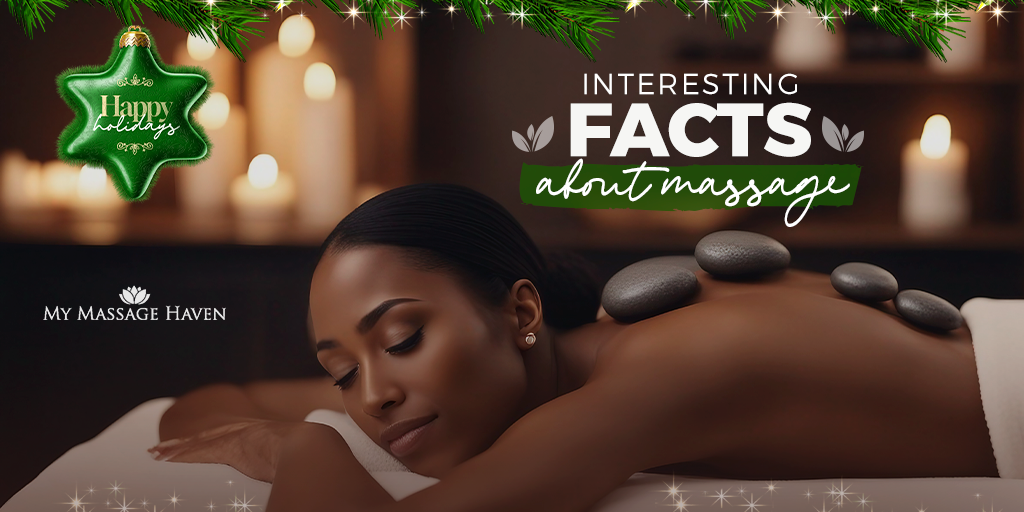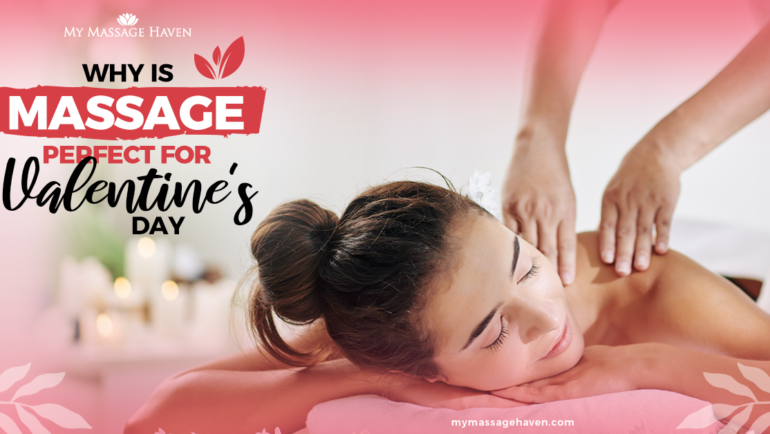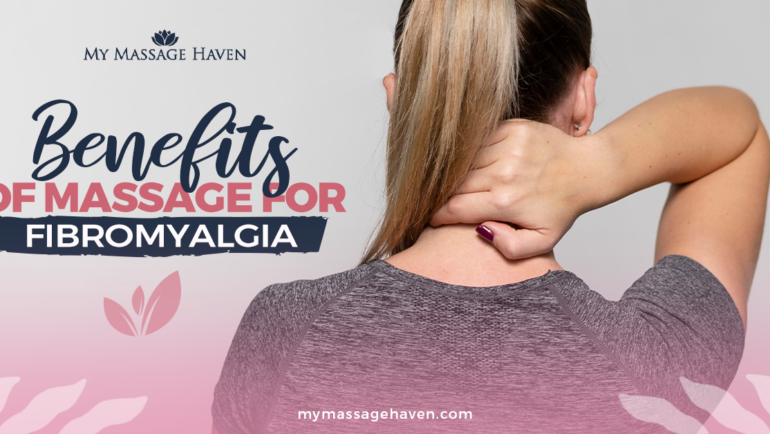Did you know massage is probably the oldest and simplest form of healthcare? It is depicted in Egyptian tomb paintings. It is mentioned in ancient Chinese, Japanese, and Indian texts. The ancient Greek physician Hippocrates describes the practice of anatripis or “rubbing up.”
- Cancer-related fatigue
- Chronic low back pain
- Frequent headaches
- Post-operative pain
Therapeutic massage is increasingly being promoted by healthcare providers to their patients.
Almost one in five adult Americans (19%) report discussing massage therapy with their doctors or healthcare providers. Of those 19%, more than half (58%) said their doctor strongly recommended or encouraged massage.
Massage is beneficial for infants, children, adolescents, adults, and the elderly.
– Babies fall asleep faster when massaged than when rocked, and they stay asleep rather than waking the moment Mom tiptoes away.
– When massaged regularly, children suffering from juvenile rheumatoid arthritis, asthma, and autism experienced decreased pain, decreased anxiety, and decreased inattentiveness.
– Massage therapy can help to partially restore mobility to the elderly afflicted with Parkinson’s disease and arthritis, and can also reduce levels of anxiety, depression, and the effects of loneliness.
Reap the benefits of massage as it helps all your body’s natural systems function efficiently. Massage is effective in relieving a broad spectrum of symptoms People with a wide variety of conditions, ranging from insomnia to tendinitis to asthma to high blood pressure, receive relief from therapeutic massage. Massage can help us feel less stressed, boost our immune system and increase our mental alertness. Studies have shown massage to reduce heart rate, lower blood pressure, increase blood circulation and the flow of lymph, relax muscles, improve range of motion and increase the body’s natural painkillers.
The most immediate and most noticeable response to massage is relaxation. Not only does relaxation feel wonderful but it also serves an important physiological purpose: when your body relaxes, the functions that heal and restore your body are allowed to take place. Your muscle tension releases, blood flow and hemoglobin levels increase, cellular nourishment and detoxification accelerate, lymphatic flow improves. Your stress and anxiety levels decrease, your immune system is stimulated, body awareness improves, mental alertness increases and depression diminishes. A sense of well-being emerges.
Make Massage a Habit
As with exercise, massage has the greatest benefit when you receive it regularly. The more “practice” you give your body’s systems at functioning in a stress-free and efficient manner, the more “skilled” your body becomes at functioning optimally under challenging circumstances. Whether weekly, semi-weekly, or monthly, a program of regular massage will help your body maintain its overall health.
Massage can help with:
Stress Massage is one of the best known antidotes for stress. Reducing stress gives you more energy, improves your outlook on life, and in the process reduces your likelihood of injury and illness. Massage can also relieve symptoms of conditions that are aggravated by anxiety, such as asthma or insomnia.
Massage can relieve many types of muscle tightness, from a short-term muscle cramp to a habitually clenched jaw or tight shoulders. Some massage techniques release tension directly by stretching, kneading, and compressing your muscles. Others techniques work indirectly by affecting your nervous system to allow your muscles to relax.
Delayed Muscle soreness
After vigorous exercise, a buildup of waste products in your muscles can leave your feeling tired and sore. Massage increases circulation, which removes waste products and brings in healing nutrients.
Pain or Tingling in Arms or Legs
Muscles can become so contracted that they press on nerves to the arms, hands and legs, causing pain or tingling. If this happens, a massage to release the contracted muscles can bring relief.
Injuries
Massage can help heal injuries that develop over time, such as tendonitis, as well as ligament sprains or muscle strains caused by an accident. Massage reduces inflammation by increasing circulation to the affected area, which removes waste products and brings nutrients to injured cells. Certain massage techniques can limit scar formation in new injuries and can reduce or make more pliable the scar tissue remaining around old injuries.
Prevention of New Injuries
By relieving chronic tension, massage can help prevent injuries that might result from putting stress on unbalanced muscle groups or from favoring or forcing a painful, restricted area.
Joint Pain or Restriction
Besides releasing tight muscles that can restrict joint movement, massage works directly on your joints by improving circulation around them and stimulating the production of natural lubrication within them, relieving pain from conditions such as osteoarthritis.
Posture
As massage releases restrictions in muscles, joints, and surrounding fascia, your body is freed to return to a more natural and healthy posture. Massage can also relieve the contracted muscles and pain caused by abnormal spinal curvatures such as scoliosis.
Improve sleep
Not only can massage encourage a restful sleep—it also helps those who can’t otherwise comfortably rest.
Also, if you’re a new parent, you’ll be happy to know it can help infants sleep more, cry less and be less stressed, according to research from the University of Warwick.
Relieve headaches
Next time a headache hits, try booking a last-minute massage. Massage decreases frequency and severity of tension headaches.Research from Granada University in Spain found that a single session of massage therapy has an immediate effect on perceived pain in patients with chronic tension headaches.




